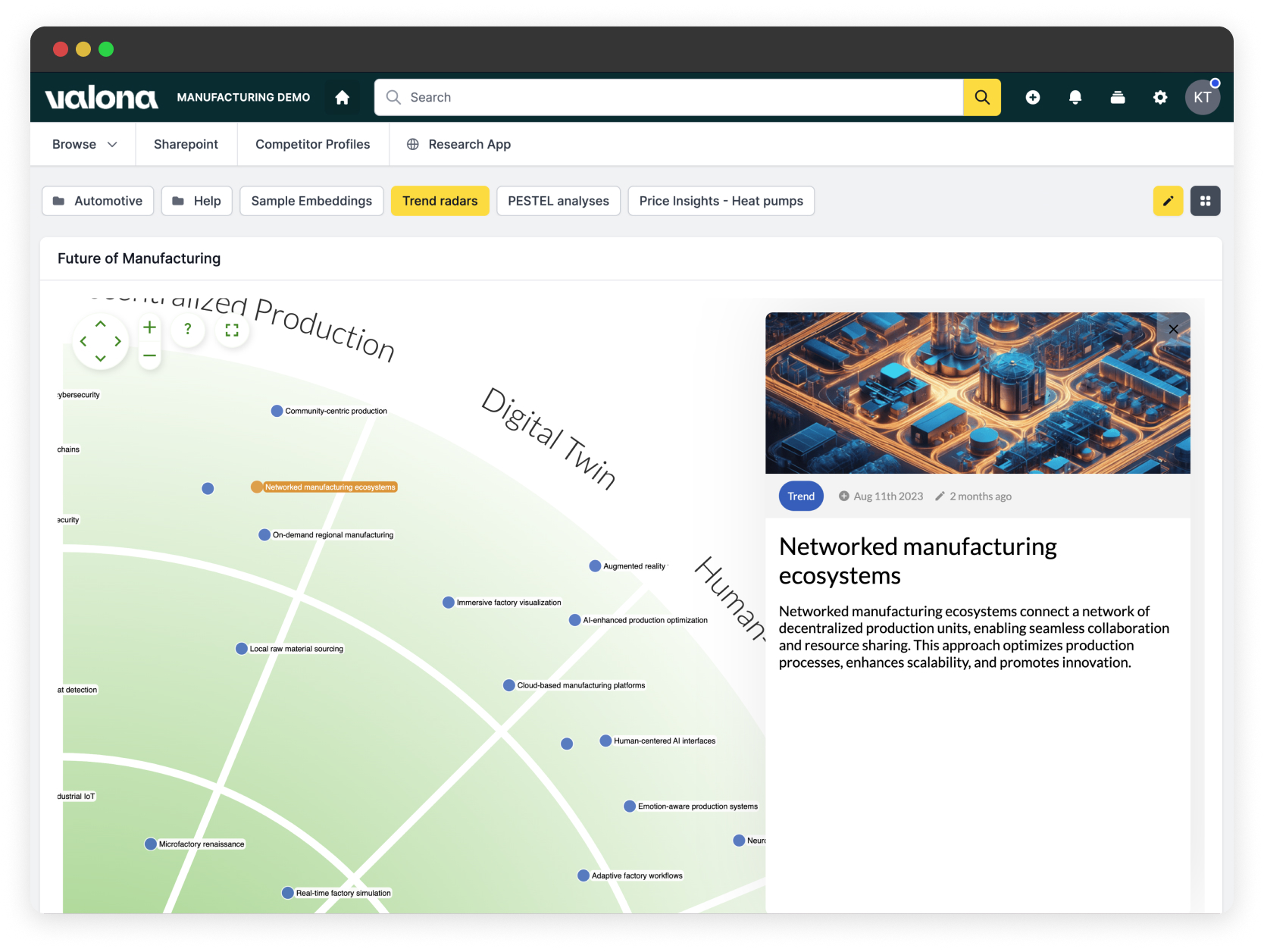Innovation was never a solo pursuit. Today, the most transformative ideas emerge from networks of collaborators—startups, corporations, research institutions, suppliers, and beyond. These innovation ecosystems are reshaping how organizations generate value, accelerate growth, and respond to constant change.
Open innovation needs open foresight








